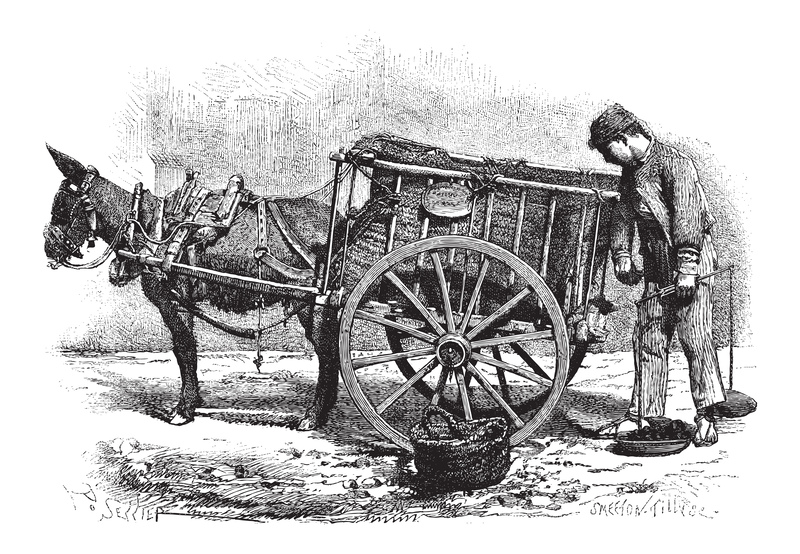What's a Waste Transfer Note?
Posted on 22/01/2025
A Waste Transfer Note (WTN) plays a crucial role in waste management, ensuring that every transaction involving the transport of waste is well-documented and compliant with legal regulations. It's a document that records the transfer of waste from one party to another, usually from the producer to a disposer or recycler. Understanding the specifics of WTNs is vital for businesses and individuals who are involved in generating, transporting, or managing waste.
Why is a Waste Transfer Note Important?
The importance of a Waste Transfer Note lies in its ability to track waste movement. It provides essential information that helps authorities monitor and regulate waste disposal activities to prevent illegal dumping and environmental harm. Compliance with WTN requirements also shields businesses from potential fines and legal repercussions.

Components of a Waste Transfer Note
A typical Waste Transfer Note includes several key pieces of information:
1. Description of the Waste: Details about the type and nature of the waste being transferred.
2. Quantity of Waste: The amount of waste in terms of weight or volume.
3. Origin and Destination: The location where the waste was produced and where it is being transferred.
4. Date and Time of Transfer: When the waste is being moved.
5. Details of Parties Involved: Information about the producer, carrier, and receiver of the waste.
6. Environmental Permits and Licenses: Documentation that confirms both parties are authorized to handle the waste.
How to Create a Waste Transfer Note
Creating a WTN involves several steps:
- Accurate Description: Clearly specify the type of waste to avoid miscommunication.
- Measure Quantity: Use precise measurements for the weight or volume of the waste.
- Specify Transfer Details: Include dates, times, and locations involved in the transfer.
- Verify Parties: Confirm that all parties have the necessary permits and licenses to handle the waste.
Legal Requirements
Different countries have varying regulations governing WTNs. In the UK, for example, Waste Transfer Notes must be kept for at least two years and must be available for inspection by the Environment Agency. Similar regulations exist in other jurisdictions, emphasizing the need for companies to stay updated with local laws.
Pros and Cons of Waste Transfer Notes
Pros:
- Accountability: Encourages responsible handling of waste by all parties involved.
- Traceability: Provides a clear record of waste movement, aiding in regulatory compliance.
- Environmental Protection: Helps prevent illegal dumping and promotes sustainable waste management practices.
Cons:
- Administrative Burden: Requires detailed documentation and regular record-keeping.
- Costs: May involve additional costs for record maintenance and storage.
- Complexity: Can be complicated for small businesses unfamiliar with regulations.
Tips for Effective Waste Management
1. Regular Training: Ensure that employees are trained on waste management best practices and regulatory compliance.
2. Use Technology: Leverage digital tools and software to automate the creation and storage of WTNs.
3. Stay Updated: Keep abreast of the latest regulations and guidelines to ensure continuous compliance.
4. Audits and Reviews: Conduct regular audits of your waste management processes to identify areas for improvement.

Takeaways
A Waste Transfer Note is more than just a piece of paper; it's a vital document that helps maintain accountability and traceability in waste management processes. By understanding its components and requirements, businesses can better manage their waste, comply with legal standards, and contribute to environmental sustainability.
Conclusion
In summary, Waste Transfer Notes are essential for ensuring that waste is tracked and managed responsibly from its origin to its final destination. While the administrative burden may seem daunting, the benefits of compliance far outweigh the challenges. Properly documenting waste transfers not only helps businesses avoid legal issues but also promotes ethical and sustainable waste management practices.


 020 3744 5548
020 3744 5548












